The dust has settled and the race is over, now what is the data telling you about how you performed? We break down the key areas to your race and how to understand how raceday went.
Post race factors for consideration
Total Time (actual vs predicted)
Speed
Power
Intensity
Heart rate
Pacing
Transitions
Fueling
Conditions
Specificity and stamina
TSS
Variability
Tapering impact
Total time
-Total time in a race is quite variable and based on many factors. We will often times “call out” a race split in our pacing strategy as an estimate but that can change based on local wind conditions, temperature and humidity.
-While we as coaches like to think we are the masters of the clock and time predictions, estimated times can vary.
-Often times total time is a nice “win” for you as an athlete in a 70.3 however the real performing aspect should be how did you do vs your age group and racing peers?!
Speed
-Obviously the goal is to go as fast as possible when racing, what were the factors that limited or increased speed?
-For instance was there a head wind or tail wind on the bike?
-Did you get an adequate draft on the swim? On the run? Did you ride draft legal?
-Did the winds shift on the bike during the race?
-Lets examine other data towards how a performance could play out by looking at bike power…
Power
-Were you able to ride at goal power output? For a 70.3 beginner athletes will ride at ~65-80% of FTP as a range, intermediates ~75-85% of FTP as a range and advanced ELITE and PRO athletes 85%-93% of FTP.
-If you were not able to hit these targets… did you have the specificity of riding at that power in training? Did you do enough longer rides at goal training stress (TSS) and intensity factor (IF).
-Being under the stated power is not necessarily a bad or poorly paced race. In fact there are portions oft he course where you should pedal and coast to save energy when you are above your target bike split and this can lower the normalized, and average power you would hold. Learn more about the effects of riding smart with wind sheer here.
-Did you ride too hard? Above the stated power targets or enough so that the cumulative power of time spent above goal race pace contributed to a poor run split? For advanced triathletes learning how to ride “draft legal” can help to conserve energy. (Learn more)
-Did you ride too hard early? Only to fade out later? How well did you parcel out your efforts?
Intensity Factor (IF)
-What percentage did you ride of your threshold? …….80%? This would be a .80 IF or intensity factor.
-Was it greater than the ranges for your ability level on raceday?
-Did you have a lower total intensity overall but spent extra time above goal power on certain parts of the course (Especially true with hilly courses)
-The gaol should NOT be to ride to an intensify factor but rather try to use a steady and even power approach to the course, and targeted power ranges.
-Were you above the expected IF targets and you still raced well? This may mean your FTP and thresholds are set too low.
Heart rate
-If you are newer to long course racing, heart rate may be more of a limiting factor for you. Did you ride at goal heart rate? Were you above target? Beginner athletes can ride at heart rate zones two to three for a half ironman event.
-If you are more advanced, you can support a higher heart rate such as heart rate zone three to four.
-Pro ELITE can ride at heart rate zone four for the entire event and just below their threshold even on the run.
-Cooler temperatures early on in a race can keep the heart rate in check, if this was the case did you monitor the power output on your ride? Meaning, make sure not to ride so hard to raise your heart rate?
-Hotter temperatures; did your heart rate come up quickly due to heat stress? Did you hold for power early on and not watch heart rate enough? In hotter conditions, respect must be paid to the heart rate first… and power and RPE second.
-Decoupling; Did you find that during the ride your decoupling rate was greater than 6%? (Decoupling is a relationship of power and heart rate and how they diverge during a race) Excessive decoupling would demonstrate that you did not have enough aerobic capacity to hold the bike or run output (power) you were racing at. This can result if there is not enough base work (heart rate conditioning) in the rides done prior to raceday and or there was a limit of longer distance training accomplished.
Pacing
-Did you go too hard too early?
-Did things feel easy only to get much harder later onwards?
-Did you go too easy in the beginning? Only to have extra left on the table at the finish line?
-Did you parcel out your effort correctly?
-Did you go above the stated pace, power, heart rate and RPE targets for too much time?
-Did you have a great bike but poor run?! (By the way there is no such thing as a great bike and a poor run…. this scenario demonstrates that you overbiked! Learn more about what it means to over-bike here.
-Did you go too hard early on in the swim and it took you half way through the bike to recover your heart rate?
-In general, its best to break up a half ironman event in 1/3rds and ratchet up the total intensity as you go through the race. This way you leave room to outperform all the way to the finish line!
Transitions
-How long were your transitions?
-Do you need to speed them up?!
-Could these transitions have impacted your total time and split?
Fueling
-Below are our Tristar fueling guidelines for you to track and follow for training and racing; Our coaches note that this is one of the most critical areas that impact performance in a 70.3. If you found you were failing to meet your targets consider the following;
-How much water did you take in?💧 (Learn more about hydration). Did your core temperature go up because you were dehydrated? Did you cramp? How well did you execute your nutrition?
-CHO Carbohydrates; 🍞 did you eat enough calories to support the output you were racing at? Did you eat more early on in the day? Did you have GI distress?
-Salt intake; 🧂 Did you have enough sodium, chromium and magnesium to draw in water to the muscles and keep food digesting appropriately?! How much salt did you take in? Follow our guidelines here.
Conditions
-Was the race hot or cold?
-Windy?
-Humidity?
-Did you train in these conditions to be appropriately prepared for raceday or did they lead to a reduced raceday output?
Raw Stamina
-Did you find your power and pace faded during the race? Meaning, you slowed down and power and pace also slowed with the heart rate dropping?
-If all of these factors were present, it is likely that you lacked the ability to “go long” from your training. Longer days of training can help combat this issue.
Training Stress
-Did you go over the budgeted training stress? No matter what your training, there is a finite amount of training stress that can be supported for each leg of a 70.3 (note it is nearly same for all athlete abilities!)
-If you went over that budget then it is likely that you slowed down at some point in the race due to lack of training or going too hard on raceday.
Variability Index
-How even was your output on raceday? Variability index tells us how even you paced your race….
-Did you mash the pedals on the bike and the coast, being very “stochastic” in your efforts? Or did you apply smooth and even pressure on the bike and run?
-A higher than normal
Tapering impact
-How well did you taper?
-Too much? Too much tapering will show a higher than normal heart rate on raceday. +5-8bpm on raceday is in fact normal however more than this and it is possible that you tapered too much going into the race. (Loss off CTL or continuous training load aka fitness)
-Not enough tapering? You may see a slightly lower raceday potential if for instance you only tapred for a day or two. Races that you are training through to get to another “A” priority event will go down this way. Many athletes will race quite well even with a minimal taper.
To learn more about how we at Tristar Athletes determine your output and goals for a best 70.3 raced race please follow below.


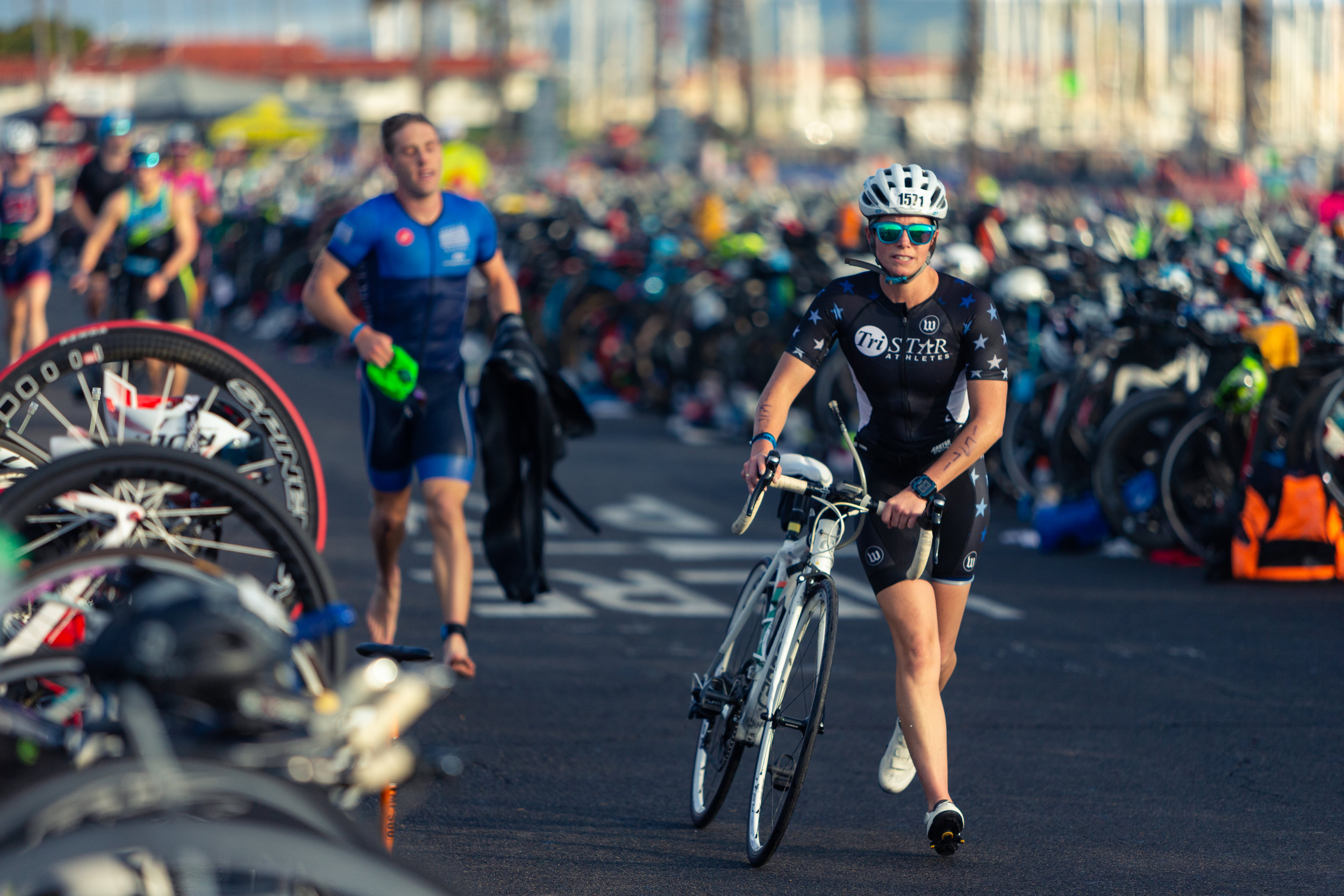
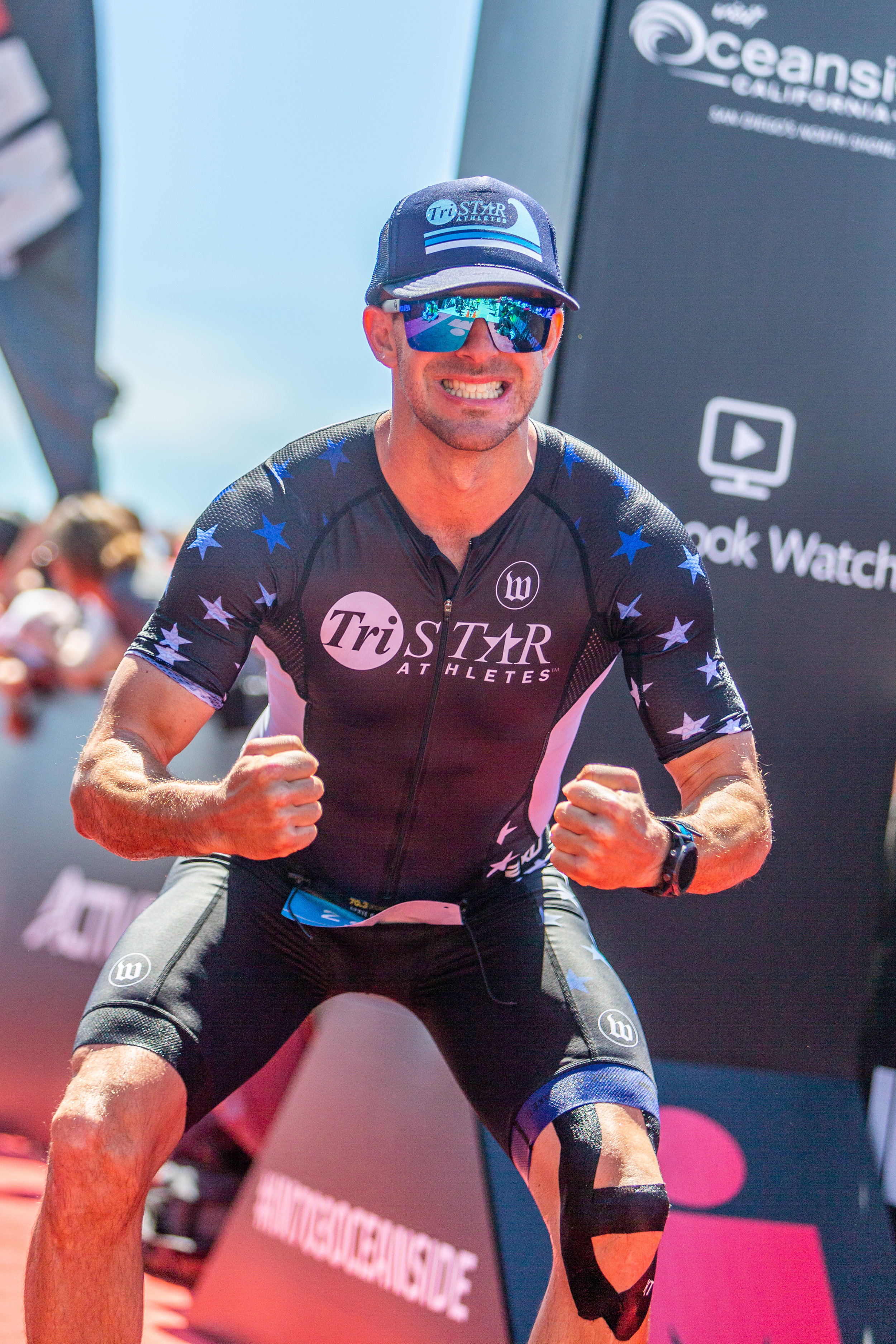
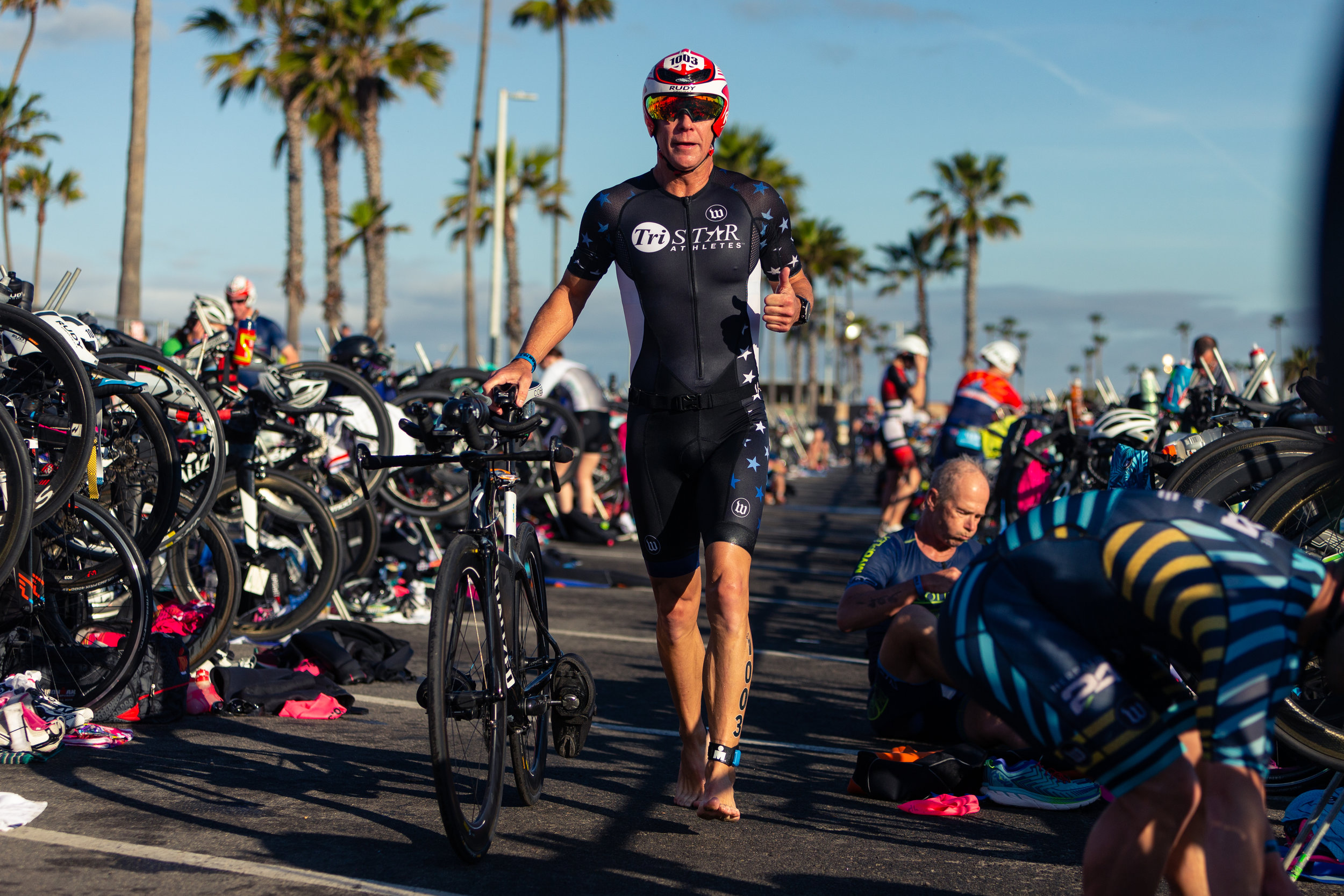


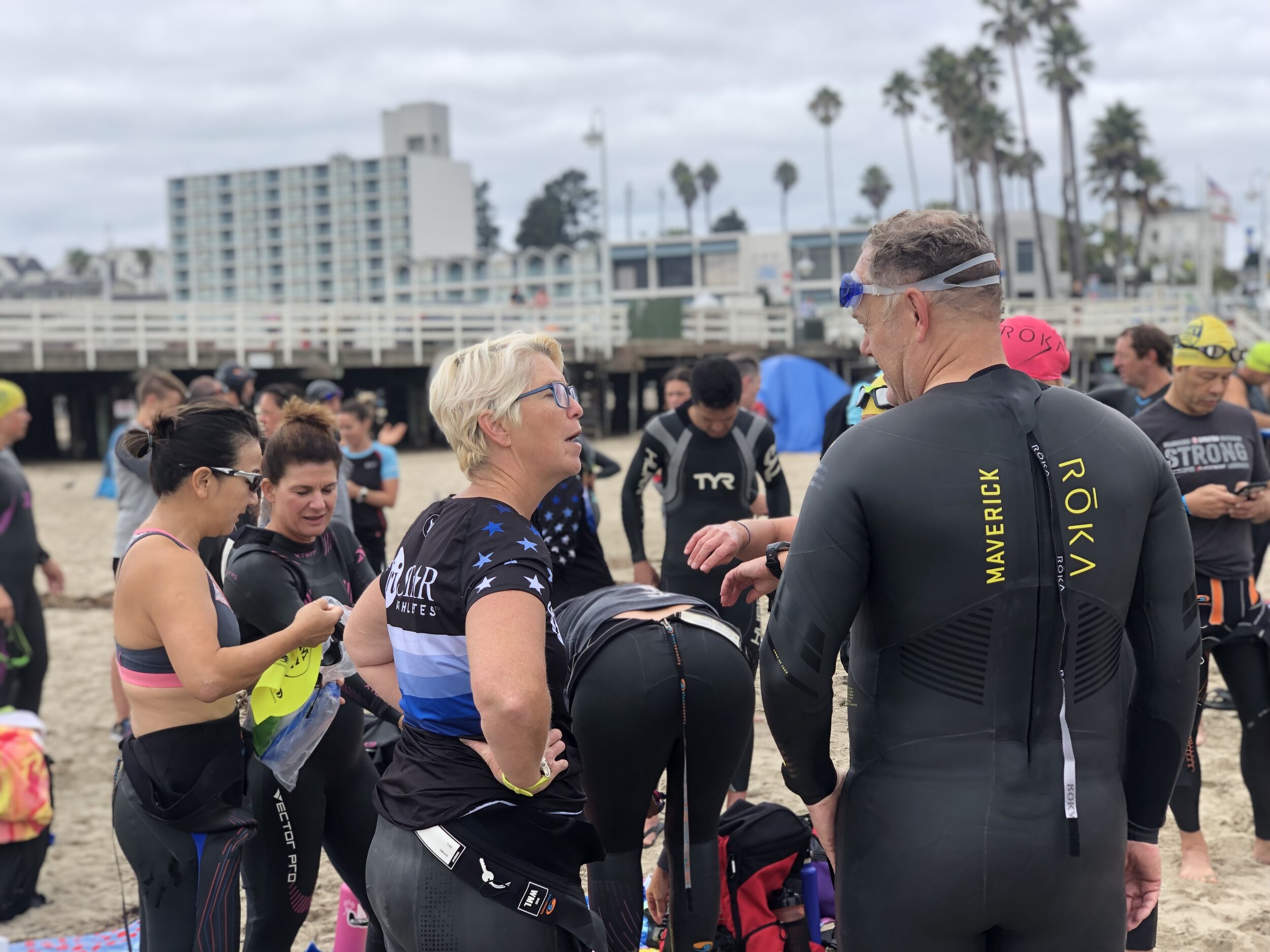

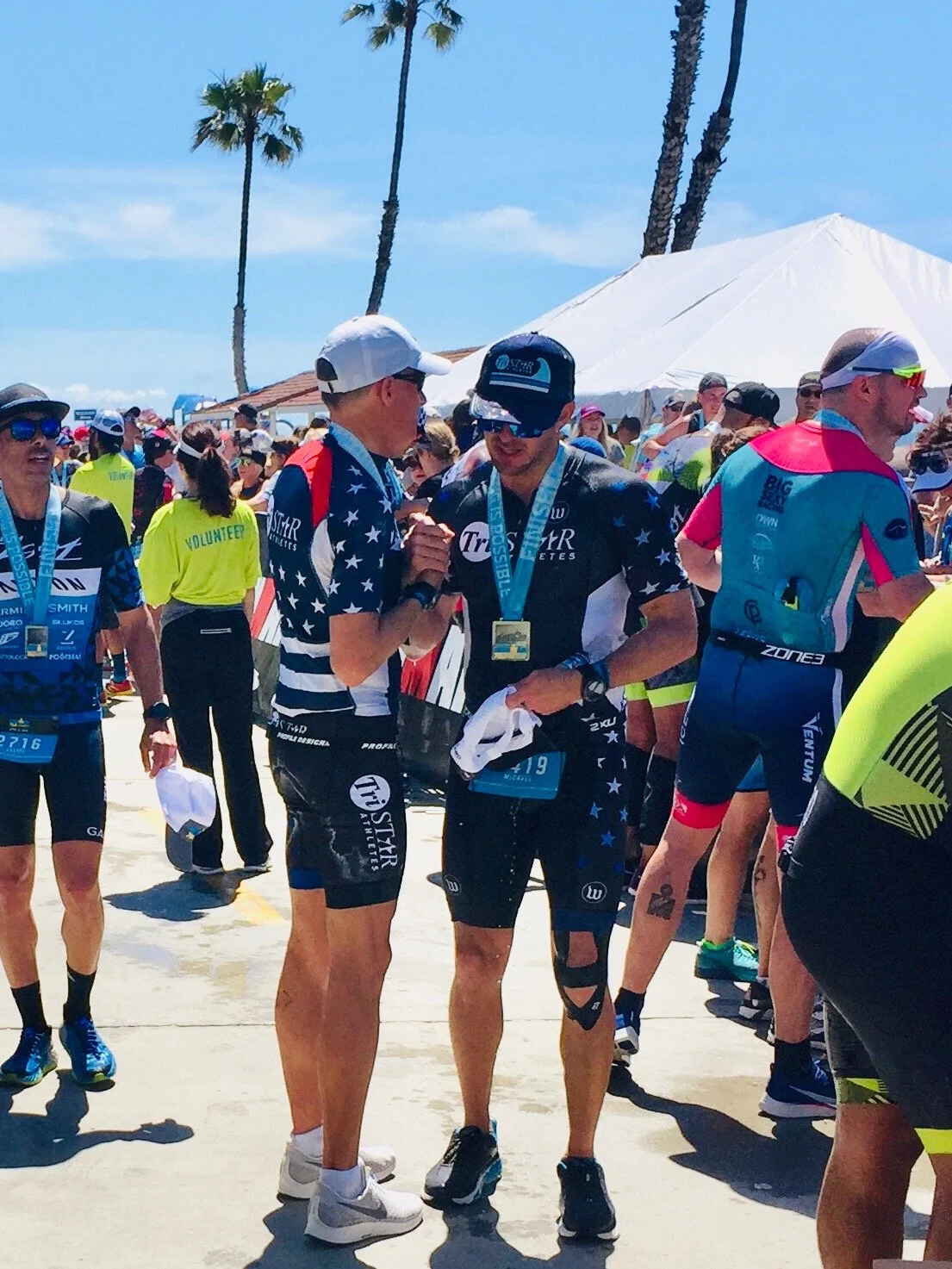
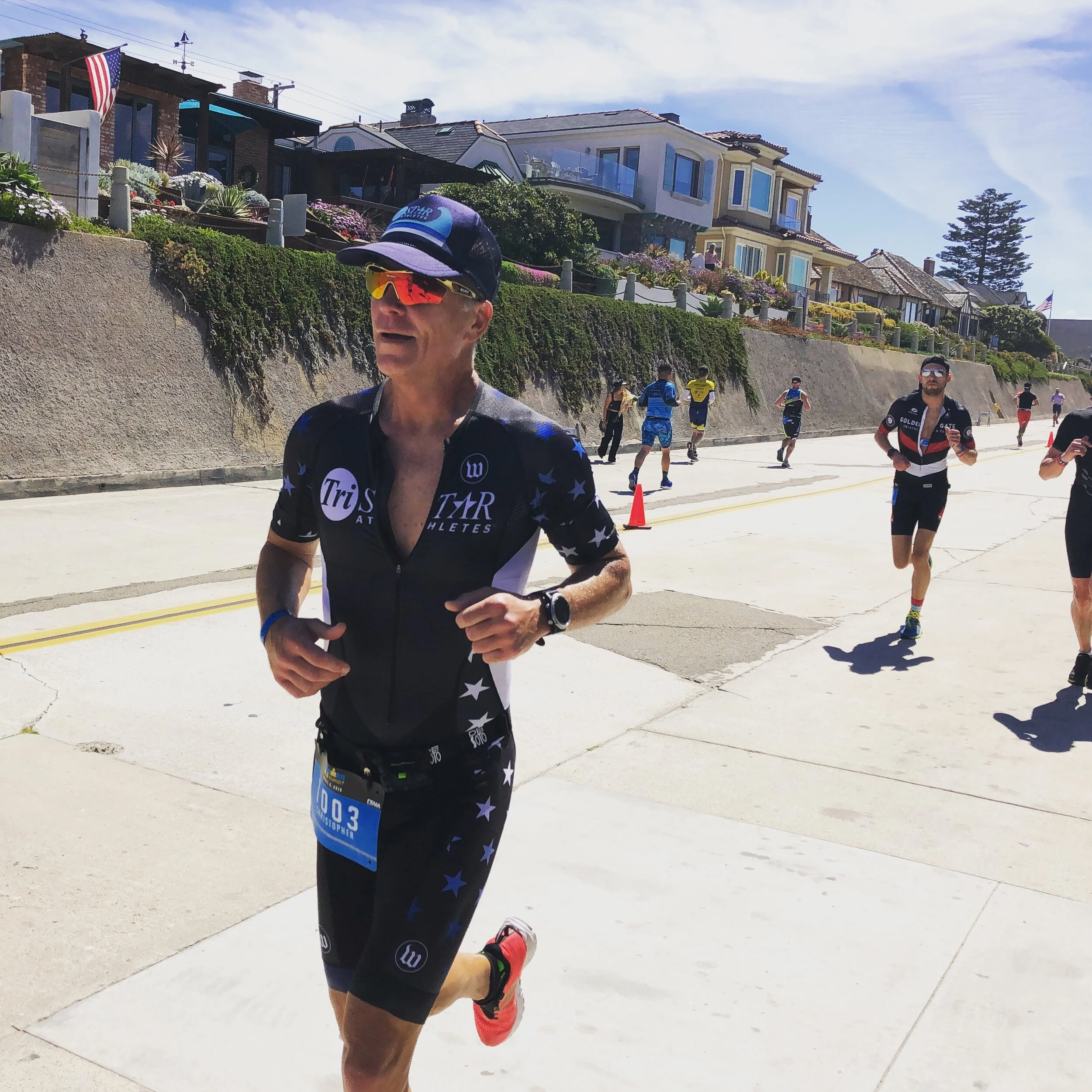
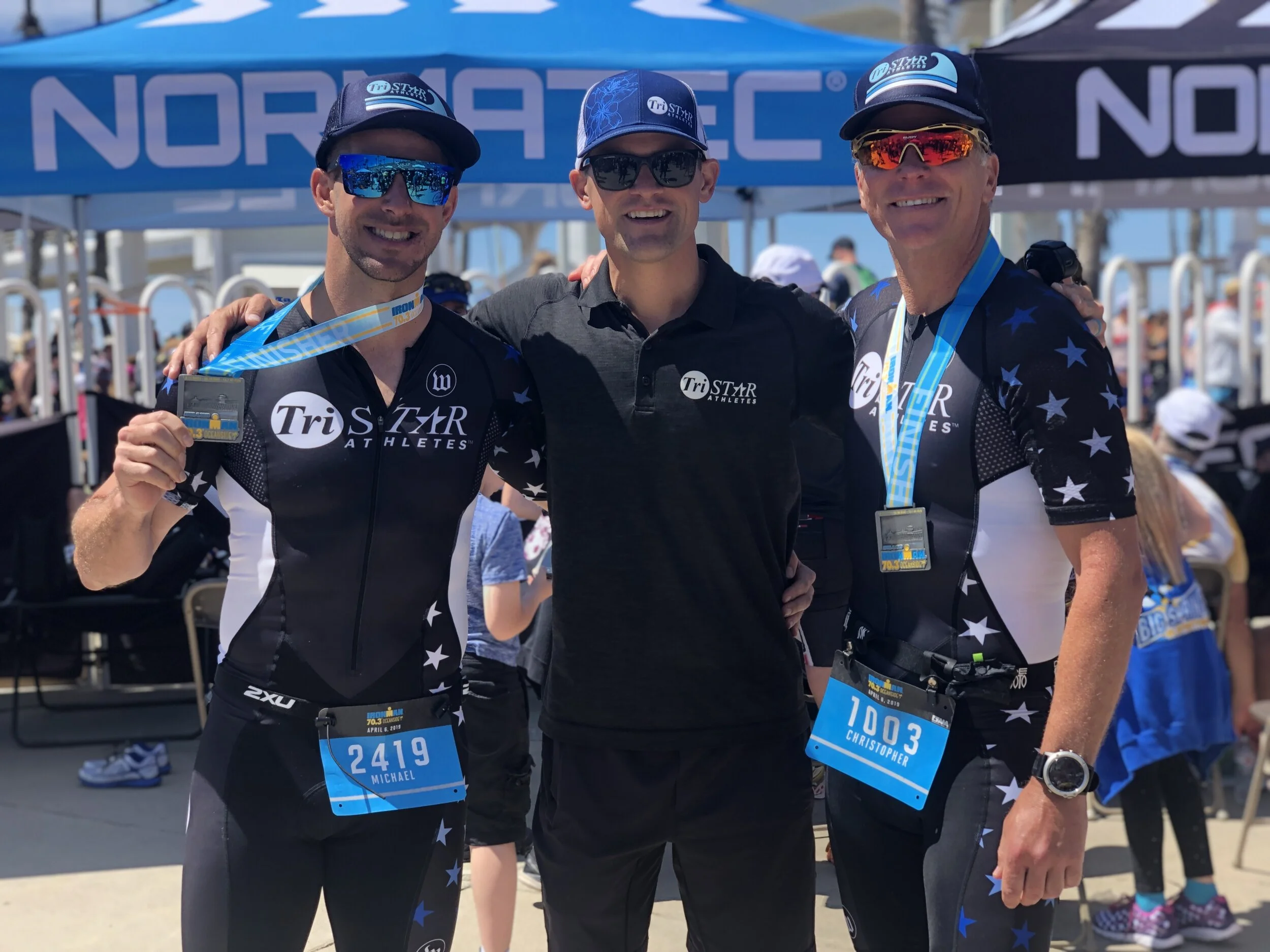
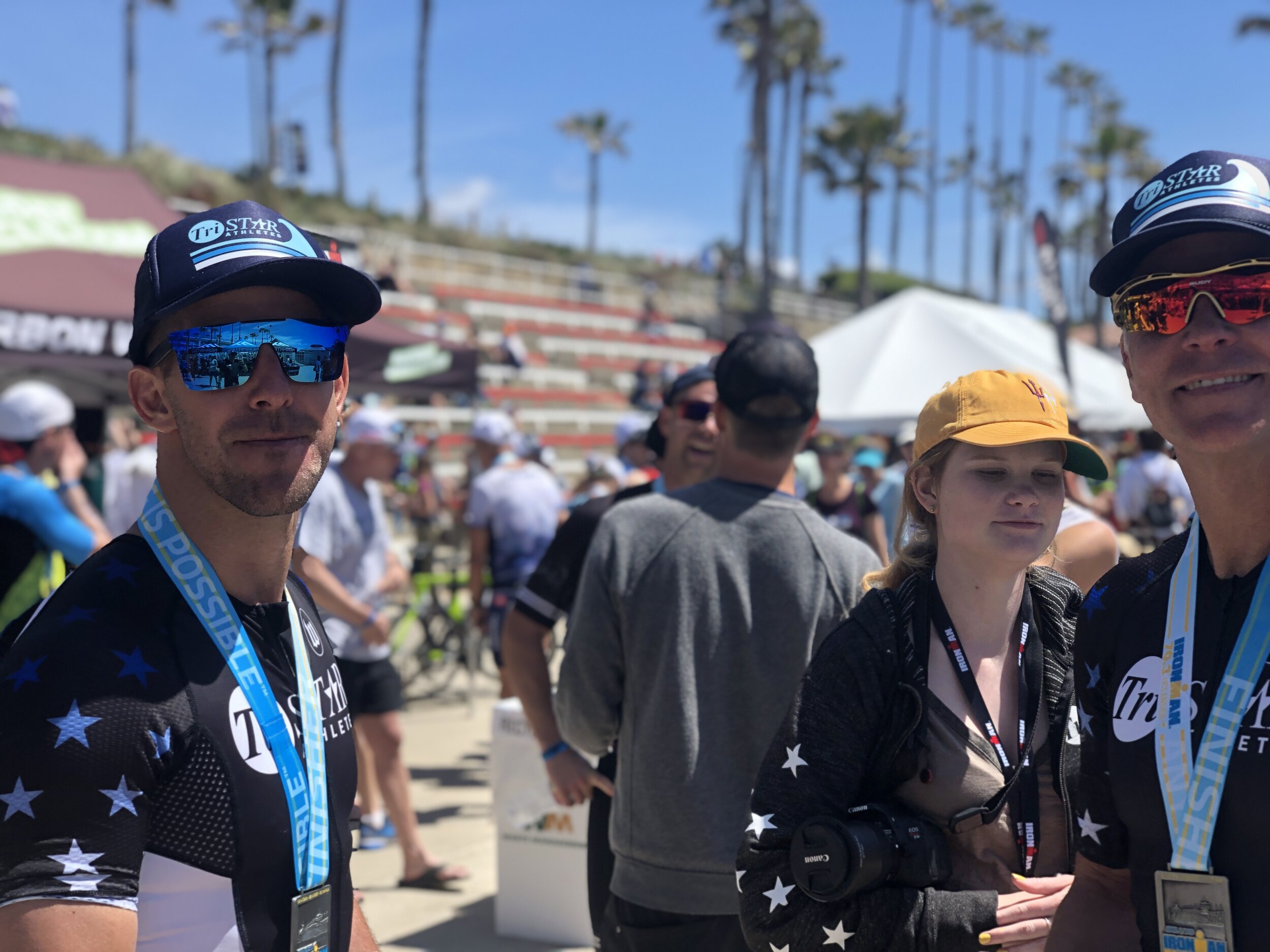
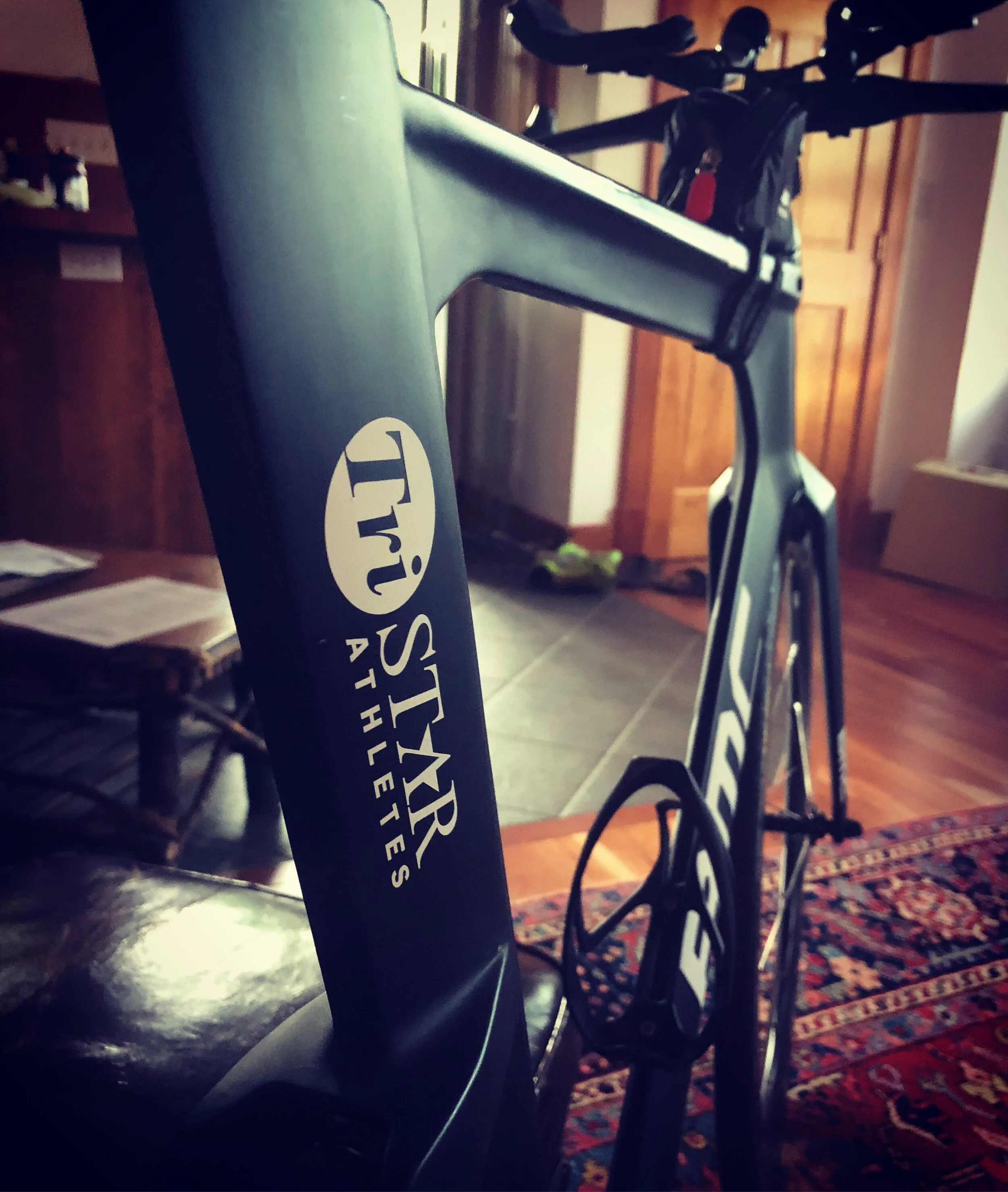


When you join Team Tristar Athletes you get access to our sponsorship program. Enroll and learn more about the benefits of joining the team.